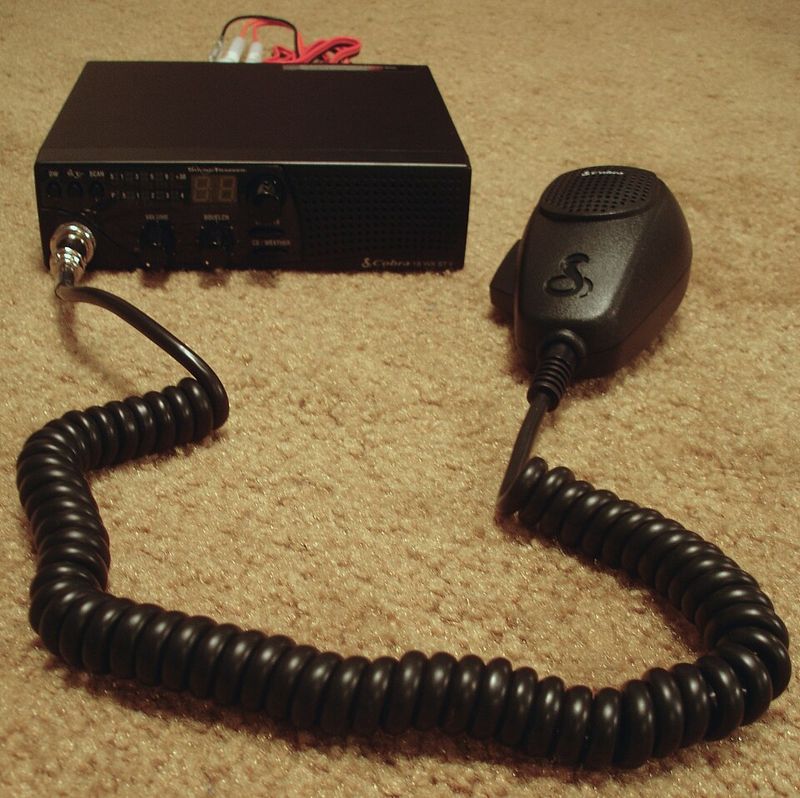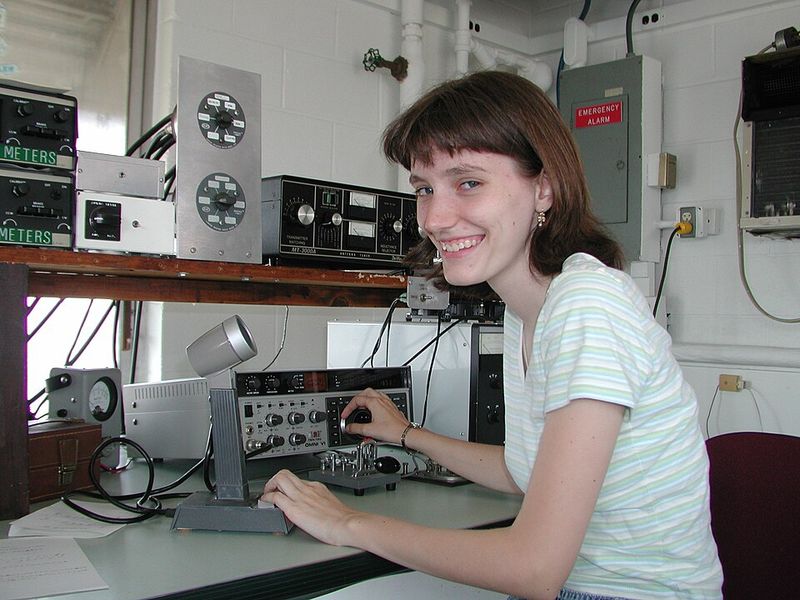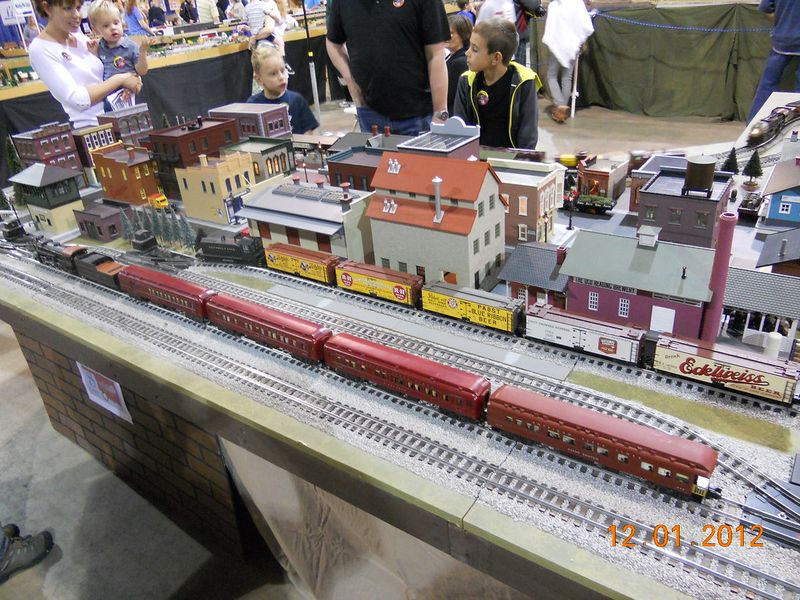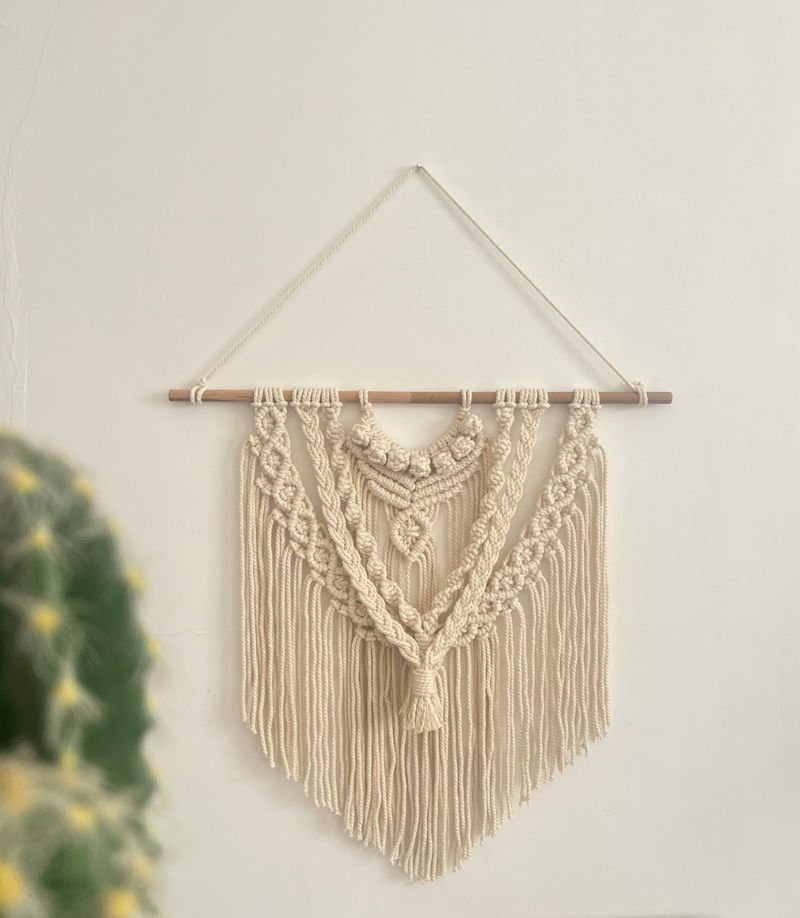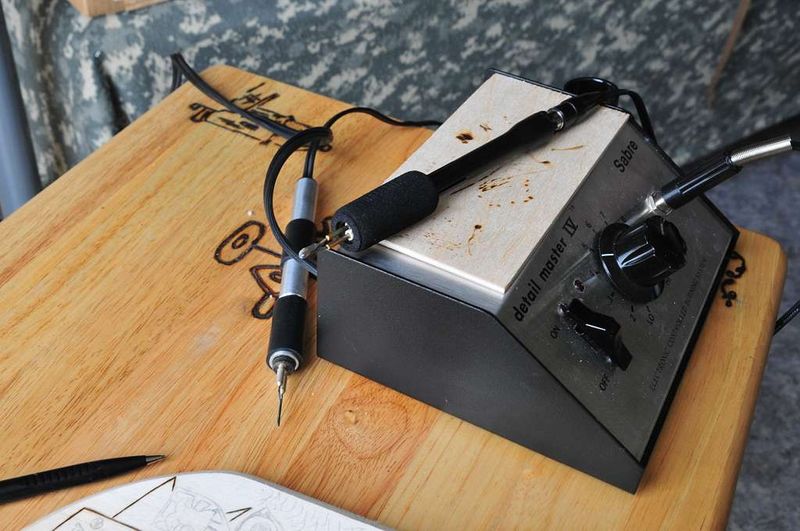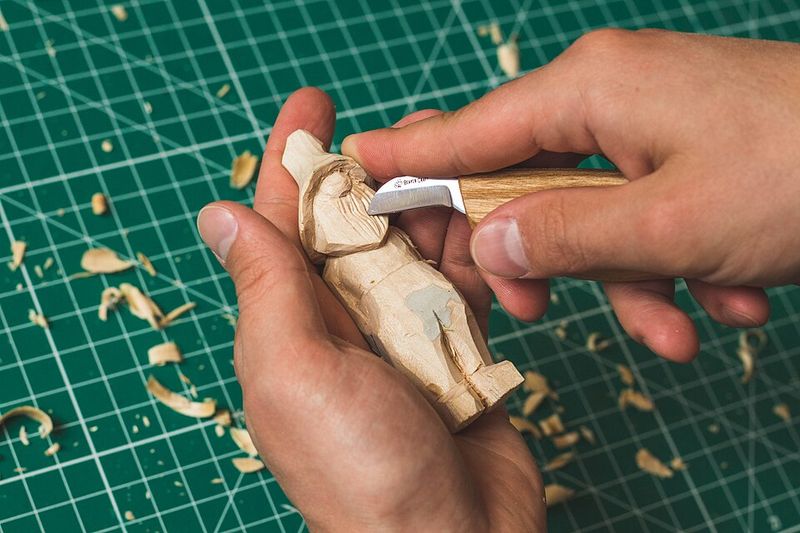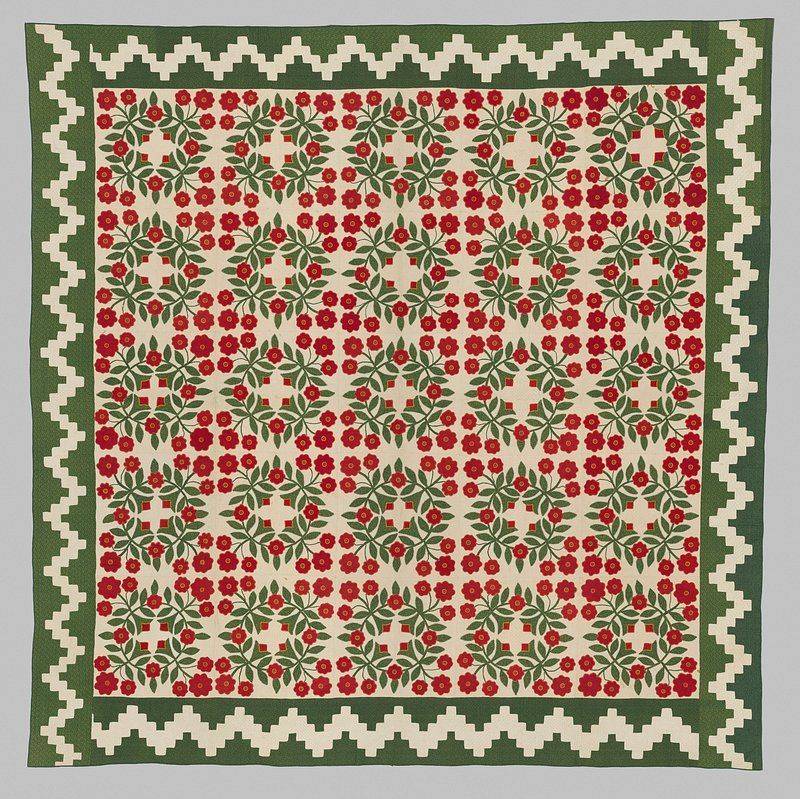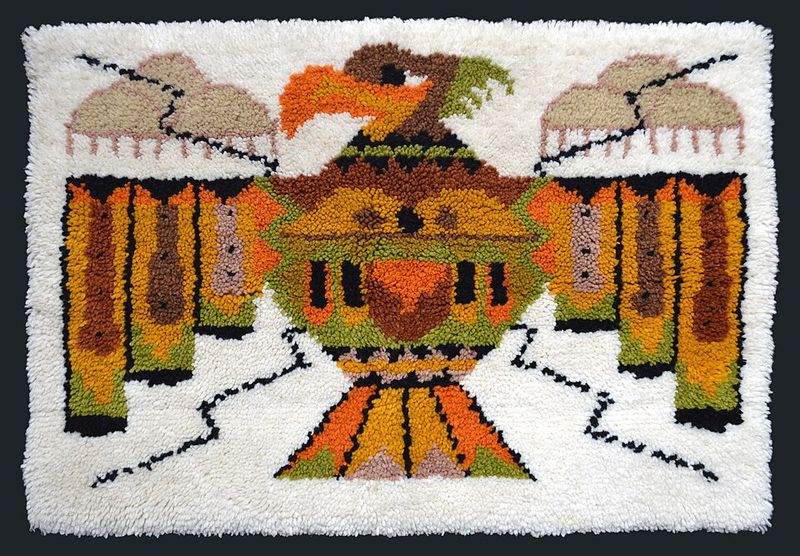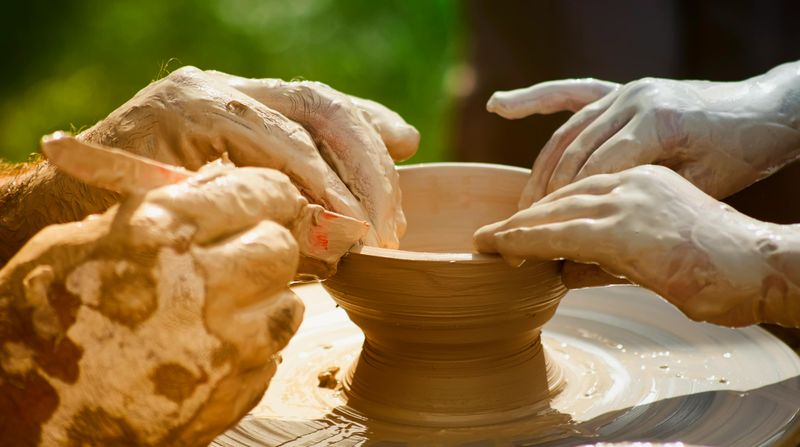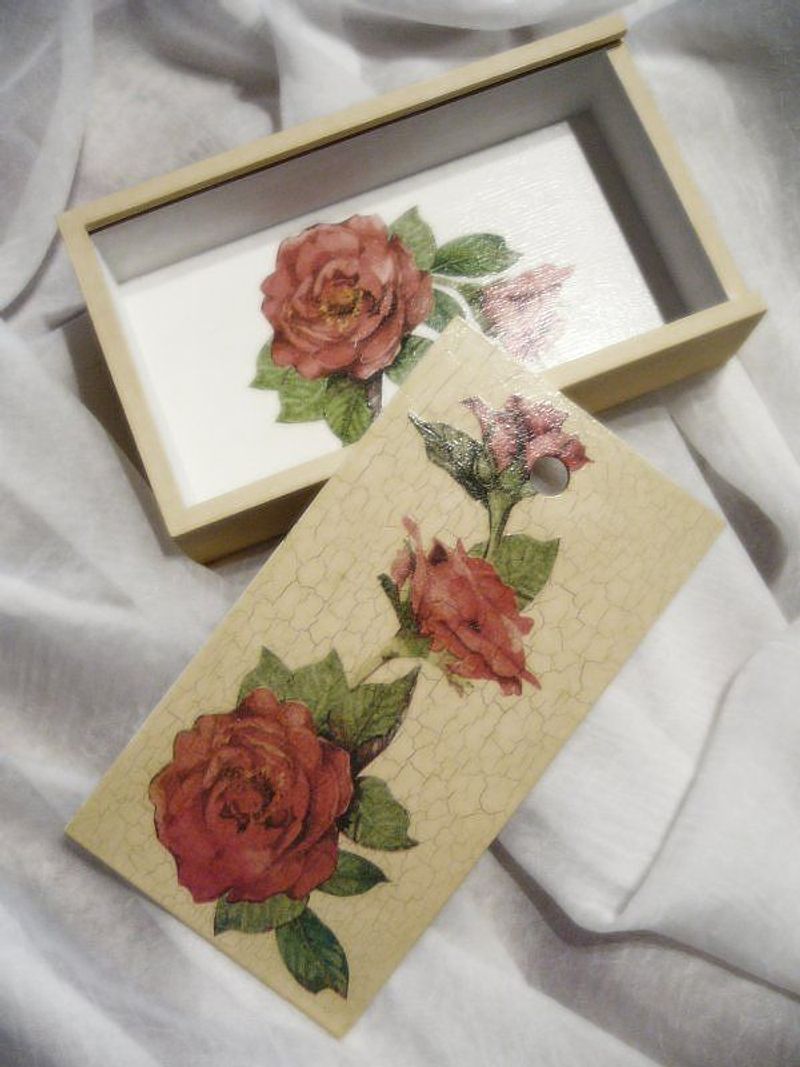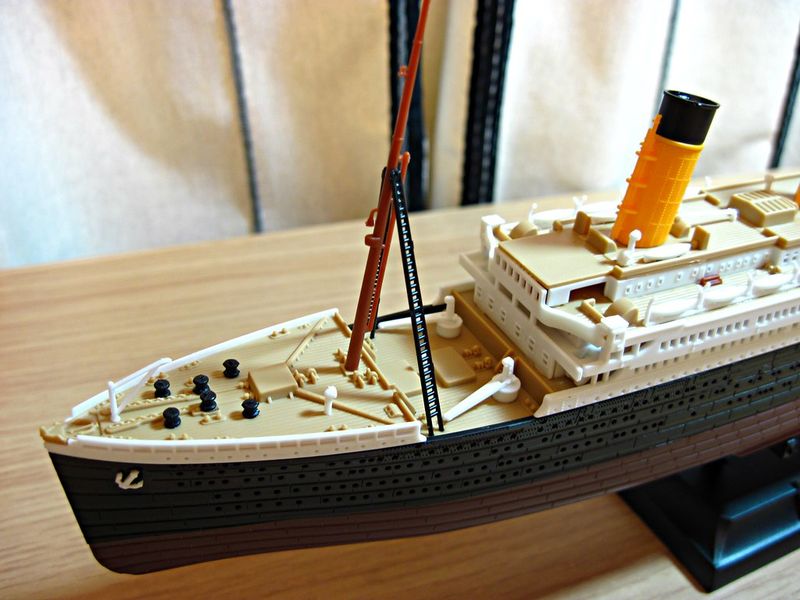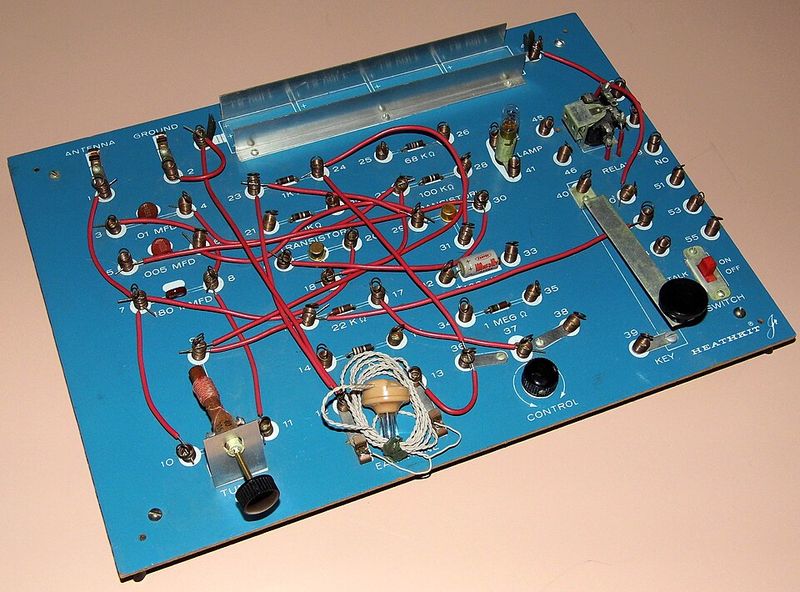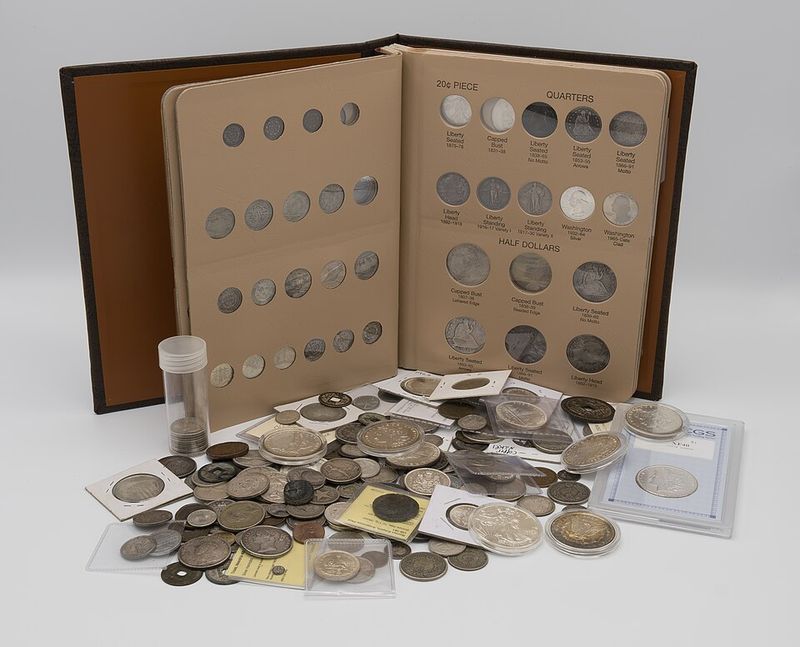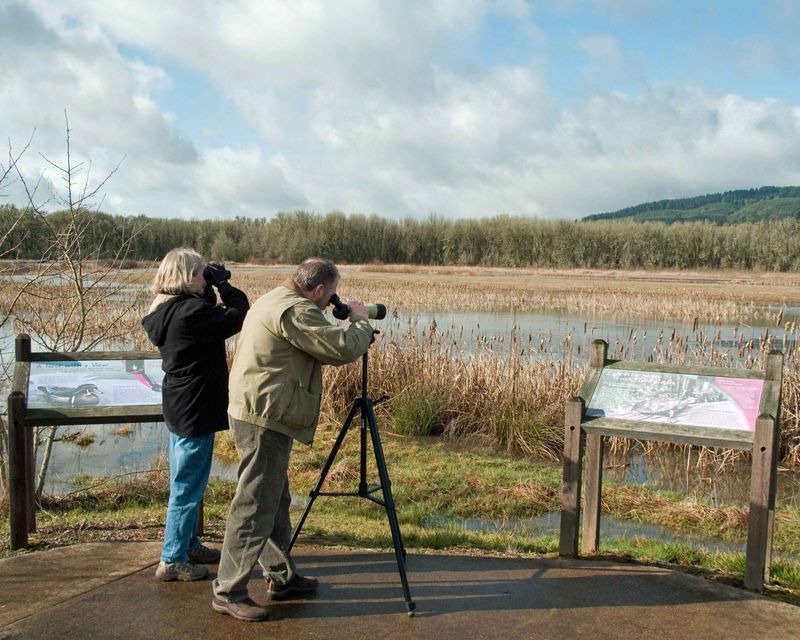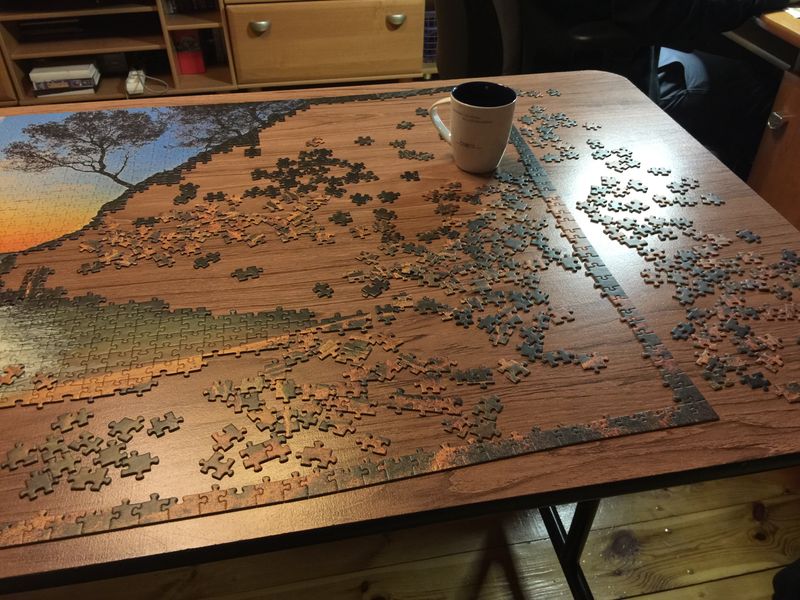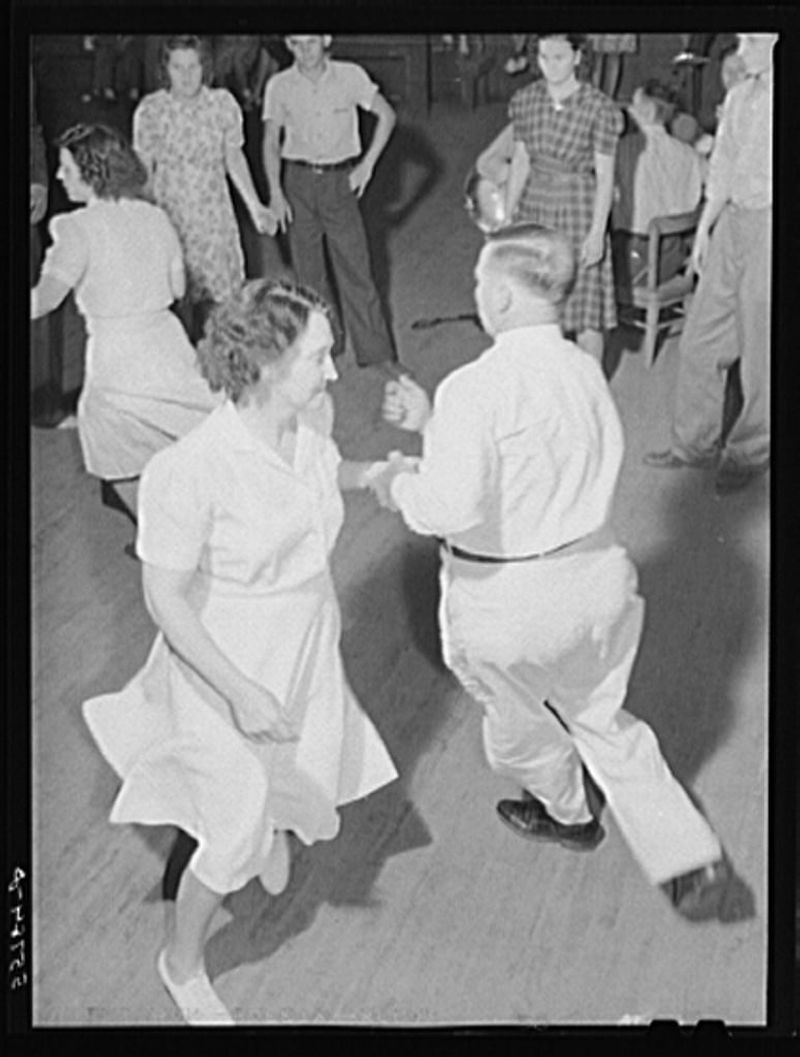Before smartphones and streaming, people filled their free time with hands-on hobbies that required patience, creativity, and real human connection. Baby Boomers grew up in an era where entertainment meant building something with your hands, tuning into distant radio signals, or spending hours perfecting a craft. These pastimes weren’t just ways to pass time—they taught valuable skills and created lasting memories. Let’s explore the hobbies that defined a generation and discover how you can still enjoy them today.
1. Stamp Collecting (Philately)
Tiny pieces of paper from faraway places brought the world to your fingertips. Collectors spent hours organizing stamps by country, theme, or year, hunting for rare misprints or limited editions. Trading duplicates with friends felt like treasure swapping.
The ritual of checking new postal releases became a beloved routine. Stamp catalogs, thick as phone books, helped determine value and rarity. Magnifying glasses revealed hidden details that made each stamp a miniature work of art.
Today’s collectors can focus on themes like space exploration or Olympic Games. Estate sales and online marketplaces offer affordable starter collections, making it easy to begin your own album.
2. CB Radio Chatter
Breaker one-nine, you got your ears on? Citizens Band radios turned ordinary folks into chatty broadcasters long before cell phones existed. Truckers shared road conditions while neighbors gossiped across town, all using colorful handles and ten-codes.
Channel 19 buzzed with activity day and night. People developed friendships with voices they’d never met face-to-face. The crackling static and occasional skip (distant signals bouncing in) added mystery to every conversation.
Modern CB units are compact and license-free, perfect for road trips or emergency communication. Local clubs still gather for coffee and conversation, keeping the tradition alive with a mix of old-timers and curious newcomers.
3. Ham Radio (Amateur Radio)
Calling CQ, calling CQ—ham radio operators reached across oceans with nothing but wire antennas and determination. Learning Morse code and electronics theory became a badge of honor. Building your own gear from scratch taught problem-solving skills that lasted a lifetime.
Late-night contacts with Japan or Australia felt magical. QSL cards confirming distant conversations decorated shack walls like trophies. Emergency nets provided critical communication during disasters when phones failed.
Getting licensed today is easier than ever, with online study guides and simplified exams. Handheld transceivers cost less than smartphones, and local clubs offer mentorship programs to help newcomers master the airwaves and join this global community.
4. Model Railroading
Basements transformed into miniature worlds where tiny locomotives chugged through hand-crafted mountains and towns. Planning track layouts required spatial thinking, while scenery building demanded artistic vision. HO and N-scale trains dominated collections, each car meticulously painted and weathered.
Saturday mornings meant adding new details—a water tower here, a signal bridge there. Operating sessions with fellow hobbyists recreated realistic railroad operations. The rhythmic clatter of wheels on track provided a soothing soundtrack.
Starting small with a simple oval keeps costs manageable. Modular scenery kits make landscape building less intimidating. Many communities have clubs where members share layouts, techniques, and the joy of watching tiny worlds come alive.
5. Film Photography & Darkroom Developing
Loading a 35mm cartridge in total darkness taught you to trust your fingers. Every frame counted—no unlimited digital shots here. Manual focus and exposure settings demanded understanding of light, aperture, and shutter speed.
Watching images emerge in developer trays felt like pure magic. The chemical smell, the red safelight glow, the careful timing—darkroom work was equal parts science and art. Printing enlargements required patience and precision.
Thrift stores overflow with quality film cameras for pennies. Many labs still process film, or you can explore community darkrooms in art centers. Shooting one roll teaches more about photography fundamentals than a thousand digital snapshots ever could.
6. Rock Tumbling
That constant grinding noise from the garage meant someone was turning rough rocks into polished treasures. Patience became a virtue as weeks passed through coarse, medium, and fine grit stages. Opening the tumbler to reveal shiny gems never got old.
Beach trips and hikes doubled as hunting expeditions for interesting stones. Jasper, agate, and quartz waited to reveal their hidden beauty. Trading polished specimens with other collectors built friendships and collections simultaneously.
Modern tumblers run quieter and more efficiently than vintage models. Starter packs with pre-selected rough stones eliminate guesswork. The four-week process teaches delayed gratification in an instant-everything world, making the final reveal even more satisfying.
7. Macramé
Plant hangers dangled from every ceiling hook, their intricate knots a testament to hours of twisting and looping. Jute cord left your hands smelling earthy and feeling slightly raw. Wall hangings featuring geometric patterns became instant conversation pieces.
Learning square knots, half hitches, and spiral patterns opened endless creative possibilities. Pattern books wore dog-eared pages at favorite designs. The repetitive motion provided meditation before anyone called it mindfulness.
Basic supplies cost less than a fancy coffee, and online tutorials make learning simple. Starting with a small plant hanger builds confidence before tackling complex wall art. Your grandmother’s favorite craft has made a stylish comeback in modern bohemian decor.
8. Candle Making
Melting paraffin blocks on the stove turned kitchens into mini factories. Choosing colors and scents felt like being a chemist and artist combined. Pouring hot wax into molds required steady hands and careful timing.
Layered candles in rainbow colors became popular gifts. Embedding dried flowers or glitter added personal touches. The occasional spill meant scraping hardened wax off countertops—a badge of crafting commitment.
Soy wax offers a cleaner, more forgiving modern alternative to paraffin. Essential oils provide natural fragrances without synthetic chemicals. Mason jars make perfect containers for beginner pourers, and the warm glow of your handmade candle beats any store-bought version.
9. Woodburning (Pyrography)
The sharp smell of burning wood announced that someone was creating art with heated metal tips. Shop classes introduced countless students to this ancient technique. Decorating plaques with names, nature scenes, or geometric patterns required patience and a steady hand.
Different tip shapes created varied lines and textures. Mistakes were permanent, teaching careful planning. The satisfying sizzle as the tip touched wood became oddly addictive.
Beginner kits include variable-temperature tools safer than old-school units. Practicing on scrap pine builds confidence before tackling basswood or birch. Proper ventilation remains crucial, but modern tools heat faster and offer better control for creating everything from rustic signs to detailed portraits.
10. Whittling & Woodcarving
A sharp pocketknife, a chunk of soft pine, and a porch chair—that’s all you needed. Shavings curled away as simple shapes emerged from raw wood. Grandfathers taught grandkids the craft, passing down techniques and safety lessons together.
Whittling required no electricity or fancy tools, just time and focus. Small animal figures, whistles, and chain links were popular projects. The meditative repetition calmed busy minds.
Basswood carves easier than pine and doesn’t splinter as much. Safety gloves protect thumbs while you learn proper cutting angles. Starting with simple geometric shapes builds knife control before attempting detailed figures. This portable hobby works anywhere you can sit peacefully.
11. Sewing & Mending
Butterick pattern envelopes lined drawers, each one a promise of new clothes without department store prices. Threading the machine, pinning patterns, and cutting fabric taught precision and planning. The whir of the motor accompanied countless homemade wardrobes.
Mending tears and hemming pants saved money and extended clothing life. Zigzag stitches reinforced seams while decorative stitching added personal flair. Matching thread to fabric became second nature.
Thrift stores offer quality machines for beginners at garage-sale prices. Upcycling old shirts into tote bags provides instant gratification. Online communities share free patterns and troubleshooting tips, making this practical skill accessible to anyone willing to learn one stitch at a time.
12. Needlepoint & Crewel Embroidery
Counted stitches on canvas created cushions and framed art that decorated every surface. Wool yarn in rainbow colors organized by shade number filled dedicated baskets. The repetitive motion of pulling thread through mesh became almost hypnotic.
Crewel work used thicker wool on linen for dimensional effects. Jacobean floral designs were particularly popular. Finishing a large piece felt like completing a marathon—exhausting but triumphant.
Pre-printed kits eliminate the intimidation of blank canvas. Basic stitches cover most patterns, making the learning curve gentle. Portable and quiet, this hobby works perfectly for waiting rooms or evening TV time while creating heirloom-quality pieces.
13. Cross-Stitch Samplers
Tiny X-shaped stitches marched across Aida cloth in precise counted rows. Alphabet samplers with birth dates and family names became treasured keepsakes. Pattern charts resembled pixelated computer graphics before computers existed.
Organizing floss by number prevented color mix-ups mid-project. Hoops kept fabric taut for even stitching. Completing a large sampler could take months of evening work.
Small beginner kits with pre-sorted thread and printed fabric make starting easy. Simple motifs like flowers or inspirational quotes provide quick wins. The math-like precision appeals to organized minds, while the colorful results satisfy creative urges. Modern patterns include pop culture references alongside traditional designs.
14. Hooked Rugs & Latch-Hook
That satisfying click of the latch hook pulling yarn through canvas became oddly addictive. Shaggy rugs emerged row by row, their texture inviting bare feet. Wall hangings featured everything from abstract patterns to cartoon characters.
Pre-cut yarn bundles organized by color filled project bags. The repetitive motion worked well while watching TV. Finished pieces were surprisingly durable despite their simple construction.
Mini kits let beginners complete projects in hours rather than weeks. The technique requires zero special skills—if you can pull a loop through a hole, you can latch-hook. Modern designs include geometric patterns and retro graphics that look fresh again.
15. Ceramics & Slip Casting
Mall studios offered escape into the world of liquid clay and kiln magic. Pouring slip into plaster molds felt scientific and artistic simultaneously. Waiting for pieces to dry taught patience before the real fun began.
Painting greenware with underglazes required a delicate touch. The transformation from chalky bisque to glossy finished piece after firing never stopped being amazing. Shelves filled with personalized mugs, figurines, and bowls.
Local ceramic studios welcome beginners with intro classes covering basics. Hand-building techniques work alongside slip casting for variety. The tactile pleasure of working with clay and the pride of using your own handmade dishes make this hobby deeply satisfying.
16. Decoupage
Scissors, glue, and magazine cutouts transformed plain objects into personalized treasures. Layering images under multiple coats of varnish created smooth, professional-looking finishes. Cigar boxes became jewelry holders, and trays turned into conversation pieces.
Choosing images felt like curating a tiny art gallery. Wrinkles and bubbles had to be smoothed carefully before glue dried. The final glossy coat sealed everything into a unified design.
Modern Mod Podge simplifies the process with all-in-one glue and sealant. Decorating notebooks, phone cases, or furniture gives new life to old items. This forgiving craft welcomes creative experimentation—mistakes can be covered with more layers or additional images.
17. Model Kits (Planes, Cars, Ships)
Snapping tiny plastic parts from sprues filled rainy weekends with focused concentration. Assembly instructions unfolded like maps to miniature perfection. Enamel paint fumes announced serious modeling in progress.
Applying decals without wrinkles or bubbles required tweezers and patience. Weathering techniques added realistic dirt and wear. Display cases showcased completed fleets, squadrons, or garages.
Modern snap-fit kits eliminate glue for instant gratification. Acrylic paints offer less toxic alternatives to old enamels. Airbrushing tutorials abound online for those ready to level up. Building models still teaches spatial reasoning, patience, and attention to detail through hands-on creation.
18. RC Planes & Control-Line Flying
The high-pitched whine of nitro engines echoed across open fields every weekend. Balsa-wood planes took hours to build and seconds to crash spectacularly. Control-line flying meant tethering planes in circles overhead, performing loops and stunts.
Mixing fuel, adjusting needle valves, and hand-starting engines taught mechanical skills. Crash repairs with glue and tape became part of the hobby. Successfully landing intact felt like winning a championship.
Electric RC trainers fly more reliably and quietly than vintage nitro models. Simulator apps let beginners practice without risking real planes. Modern foam construction survives crashes better than fragile balsa. Local flying clubs welcome newcomers with advice and sometimes loaner equipment.
19. Building Heathkit-Style Electronics
Solder smoke and instruction manuals thick as novels defined weekend projects. Building your own radio, amplifier, or test equipment from scratch taught electronics from the ground up. Every resistor and capacitor had to be placed precisely according to schematic diagrams.
The moment of truth came when powering up completed projects. Success meant music or signals; failure meant troubleshooting with a multimeter. These kits turned hobbyists into engineers.
Modern DIY electronics kits continue the tradition with synthesizers, guitar pedals, and digital clocks. Soldering basics transfer across decades—heat the joint, apply solder, remove iron. YouTube tutorials supplement printed instructions, making this technical hobby more accessible than ever before.
20. Shortwave Listening
Tuning across crackling static to catch distant broadcasts felt like exploring invisible geography. Radio Moscow, BBC World Service, and mysterious number stations filled logbooks. Propagation conditions changed hourly, making each listening session an adventure.
Antennas strung between trees improved reception dramatically. QSL cards from stations confirmed reception reports sent by mail. Time zones and frequency charts became second nature.
Portable shortwave receivers still capture international broadcasts and ham radio contacts. Online SDRs (software-defined radios) let you tune distant receivers through your web browser. The thrill of hearing voices from halfway around the world remains timeless, even in our connected age.
21. Coin Collecting (Numismatics)
Pocket change inspection became automatic—checking dates on wheat pennies and feeling for silver quarters. Finding a buffalo nickel or mercury dime in circulation felt like winning the lottery. Blue folders organized coins by date and mint mark.
The Red Book guided pricing and rarity information. Roll hunting at banks turned mundane errands into treasure hunts. Trading duplicates at coin shows built collections and friendships.
Starting a state quarter collection or assembling a date run of pennies costs almost nothing. Estate sales and coin shops offer affordable entry points. The historical connection—holding money that passed through hands decades ago—makes this hobby both educational and tangible.
22. Bird-Watching with Field Guides
Peterson field guides went everywhere—parks, backyards, road trips. Identifying birds by silhouette, song, and behavior felt like solving nature puzzles. Binoculars dangling from necks became the uniform of serious watchers.
Life lists tracked every species spotted, each checkmark a small victory. Seasonal migrations brought anticipation and early mornings. The quiet observation taught patience and attention to subtle details.
Mobile apps now identify birds by photo or song instantly, but paper guides still work without batteries. Basic 8×42 binoculars provide excellent views without breaking budgets. Local Audubon chapters lead beginner walks where experts share identification tips and favorite spotting locations.
23. Jigsaw Puzzles on the Dining Table
The dining table disappeared under 1000 pieces of landscape or famous painting for weeks at a time. Edge pieces got sorted first, then colors grouped into piles. Family members added pieces between meals, the puzzle growing slowly but steadily.
Felt mats protected progress when the table needed clearing. Finding that one elusive piece brought disproportionate satisfaction. Completed puzzles sometimes got glued and framed as proof of collective patience.
Puzzle boards with sorting trays make storage and transport easier than improvised solutions. Classic scenes from brands like Ravensburger or Springbok offer quality cuts and beautiful images. Working puzzles still provides screen-free entertainment and gentle mental exercise.
24. Letter Writing & Pen Pals
Fountain pens glided across quality stationery, each letter a small work of art. International pen pals turned geography lessons into personal connections. Waiting for return mail taught anticipation that emails can never match.
Choosing the right paper and envelope felt important—presentation mattered. Handwriting revealed personality in ways typing never could. Letters got saved in boxes, becoming time capsules of thoughts and feelings.
Pen-pal exchanges and letter-writing clubs still exist online, connecting analog enthusiasts. High-quality paper makes writing feel special again. Sending a handwritten letter stands out dramatically in a world of digital messages, making your words memorable and treasured.
25. Square Dancing & Community Ballroom
Allemande left, do-si-do, promenade home—caller instructions turned gym floors into choreographed chaos. Square dancing mixed exercise with social connection long before fitness classes existed. Community centers and school gyms hosted weekly dances where generations mingled.
Learning the calls took practice, but experienced dancers guided newcomers through. Live fiddle music or records provided the soundtrack. Petticoats swirled and boots stomped in synchronized patterns.
Many communities still offer beginner square dance nights with patient callers. Comfortable shoes and willingness to laugh at mistakes are the only requirements. Ballroom dance clubs also welcome novices for waltz and swing lessons, continuing the tradition of structured social dancing.


